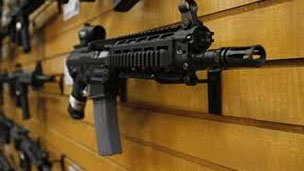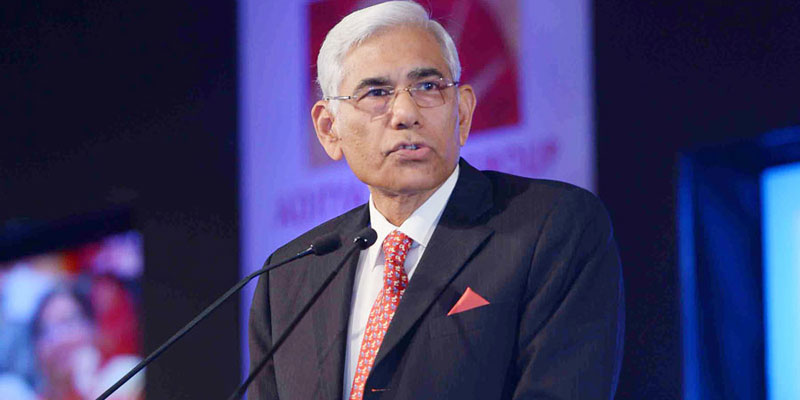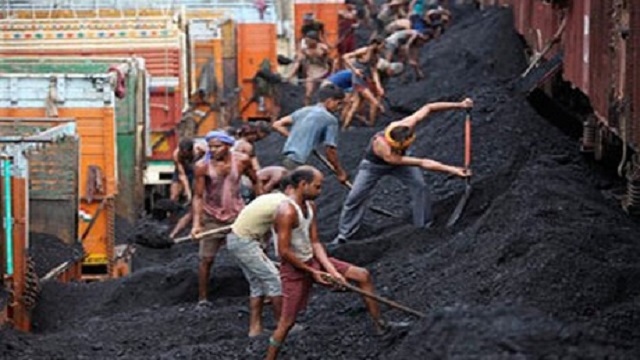Many would rub their eyes as India, the world’s largest arms importer, for the first time showcases an array of its weapons and equipment for export at an international exhibition in South Korea next week, signalling its intention to be a player in the global defence bazaar.
Many would rub their eyes as India, the world’s largest arms importer, for the first time showcases an array of its weapons and equipment for export at an international exhibition in South Korea next week, signalling its intention to be a player in the global defence bazaar.
At the Aerospace and Defence Exhibition (ADEX-2013) in the South Korean capital Seoul, the indigenous defence systems will draw the world’s attention to the country’s emerging capabilities, its strength and expertise in design, development and production.
On display at the six-day event beginning Oct 29 will be state-of-the art weapon systems, platforms, sensors, communication systems and equipment designed and developed by the Defence Research & Development Organisation (DRDO) along with its production partners like Tata Power and state-run Bharat Electronics.
Among these would be the Akash surface-to-air missile (SAM), Tejas Light Combat Aircraft (LCA), Pragati surface-to-surface missile (SSM), an airborne early warning system (AEWS), expandable high-speed aerial target Abhayas, and other high-technology systems like sonar, battlefield radars, and identification-friend-or-foe (IFF) systems.
“A large number of products developed by DRDO and produced by Indian industry, including those being displayed at ADEX-2013, have immense export potential,” says the DRDO.
Because of its pacifist strategic culture, India has refrained from exporting arms for several decades after independence. Its defence exports are less than two per cent of the total production of weapons and equipment.
These are mainly indigenously produced surplus small arms and light weapons supplied to some of the neighbours as a goodwill gesture.
But with the new Defence Production Policy facilitating joint ventures with foreign direct investment (FDI), it is expected to result in increased arms exports.
Indian industries are emerging as suppliers to foreign original equipment manufacturers (OEMs), which would help build capabilities and enhance exports.
The change in thinking and policy is significant as the South Asian nation is the world’s biggest importer of weapons. According to a March report by the Stockholm International Peace Research Institute (SIPRI), India accounted for 12 percent of global arms imports during 2008-12.
DRDO chief Avinash Chander says ADEX-2013 will provide India an opportunity for building technology partnerships for research and development and export.
Over the years India has built a large defence industrial base, comprising eight defence public sector undertakings, 39 ordnance factories, a network of high-technology research establishments under the DRDO and a number of private companies working on specific areas.
“No country can progress by importing defence material and equipment,” says Chander.
According to him, DRDO has identified areas such as ammunition for tanks and artillery guns where indigenisation would be carried out in a big way.
“We have attained total indigenisation in sonars and radars,” he said at an international symposium on ocean electronics in Kochi last week, adding that DRDO-made, ship-borne sonars would be exported to Myanmar.
In August, DRDO sold the technology to manufacture an Explosive Detection Kit in the US to an American company.
Also, of late, Indian defence services have moved to induct DRDO products into their systems. This, in turn, has sparked interest from “friendly nations” from Southeast Asia and Africa.
Africa in a few years is said to become a defence market almost at the same level with Southeast Asia and Latin America. Oxford Analytica, a global analysis firm, says Africa has reached “an expansionary period for most of its leading armies” due to “elevated security threat perceptions.”
Defence experts say India has to export weapons to sustain its nascent arms industry as the orders placed by the country’s military are small. Overseas orders are necessary to bring down the production costs.
At another level, India’s presence in ADEX-2013 signifies the growing defence cooperation and strategic partnership between the two countries.
India-South Korean defence ties began in 2005, when the two countries signed a memorandum of understanding (MoU) on defence logistics and supplies. Defence Minister A.K. Antony visited South Korea in 2010 and two MoUs on defence-related exchanges of experience, information and futuristic joint defence technology development were signed.
The same year, the two countries declared a strategic partnership.
Apart from being one of the largest FDI contributors, South Korea has become a big-ticket supplier of weapons to India. It has a wide base of companies like Hyundai, Samsung, Daewoo and Korean Aerospace, and its capabilities in missile development and naval combat system are well acknowledged in the global arms market.
At their third Foreign Policy and Security Dialogue (FPSD) last month, India and South Korea discussed collaboration in defence production and the potential for space and nuclear cooperation.
Both also agreed to step up cooperation in the spheres of maritime and cyber security.
Defence cooperation would figure in the bilateral Joint Commission Meeting Nov 9 in New Delhi, ahead of the visit to India of President Park Geun-hy, who would be the chief guest at the Republic Day Jan 26.
The defence ministry has approved the long-pending $1.5 billion procurement of eight mine countermeasure vessels (MCMVs) from Kangnam Corp of South Korea, according to consultancy IHS Jane’s.
Kangnam’s Pusan shipyard will construct two MCMVs while Goa Shipyard Limited (GSL) will build the remaining six under a technology transfer.
During ADEX-2013, the defence ministry has planned an Indo-Korean defence meet and an industries meet.
The two countries are celebrating this year the 40th anniversary of the establishment of diplomatic relations.
-IANS





